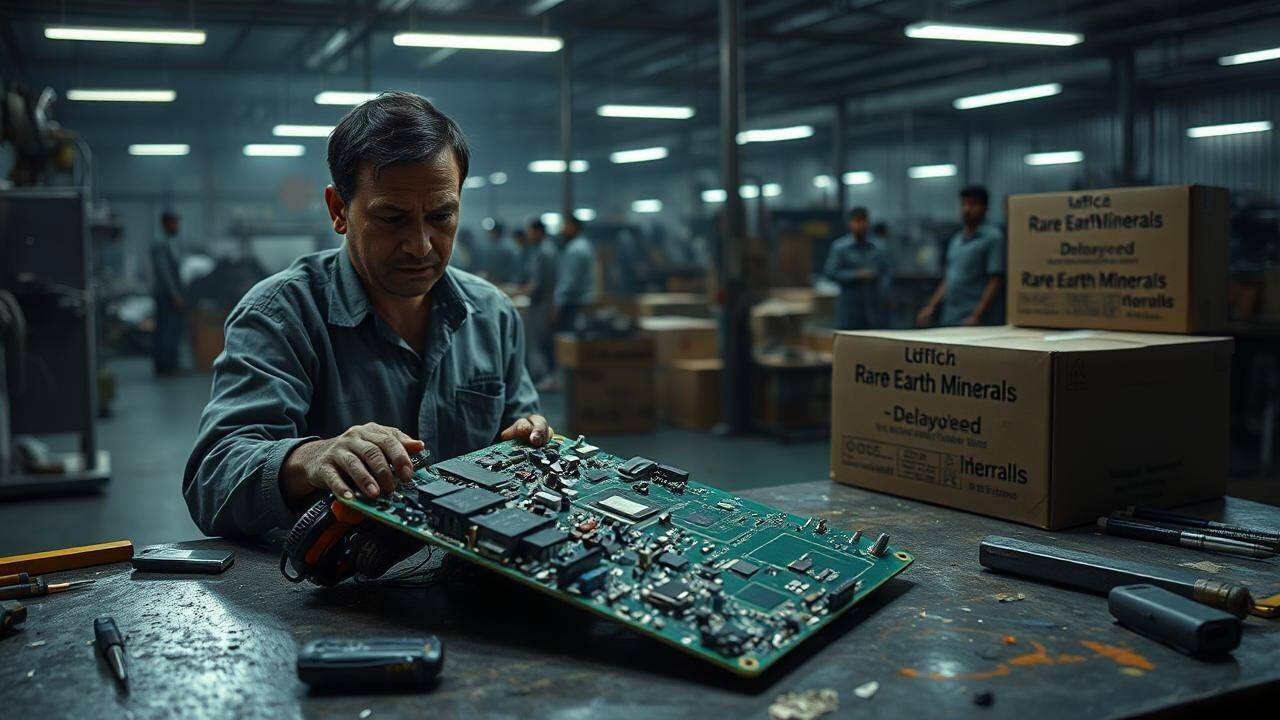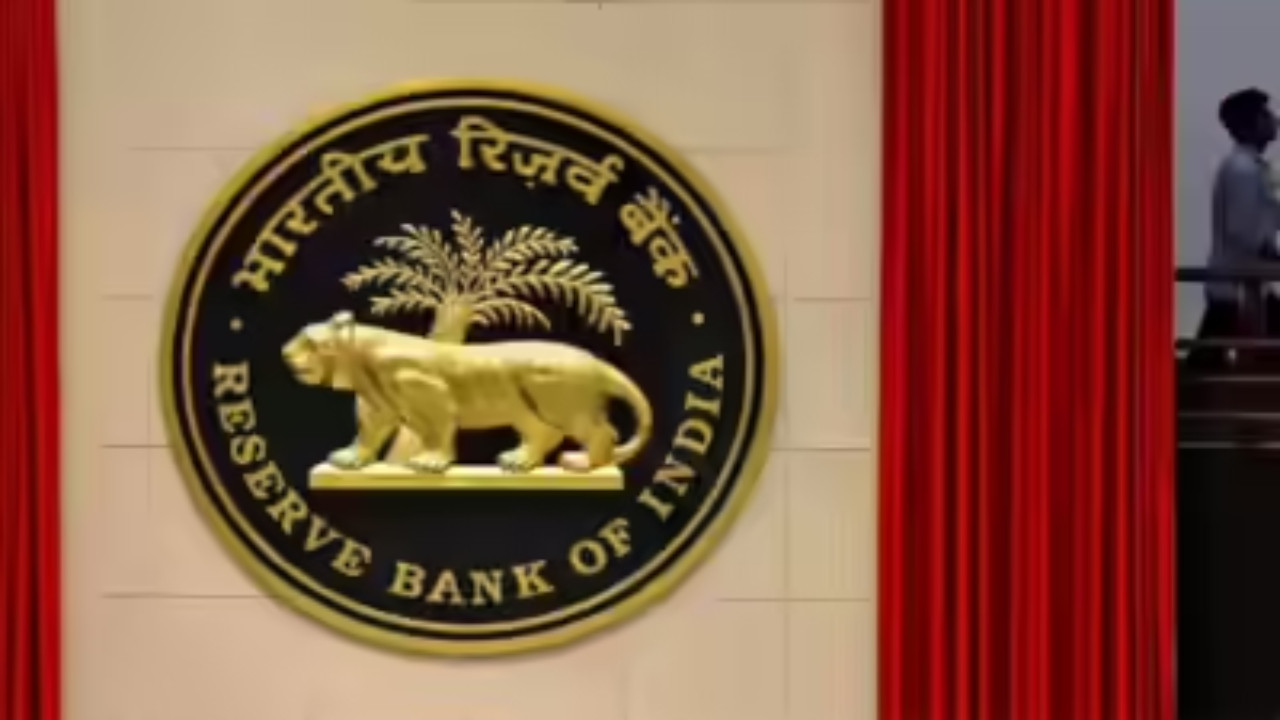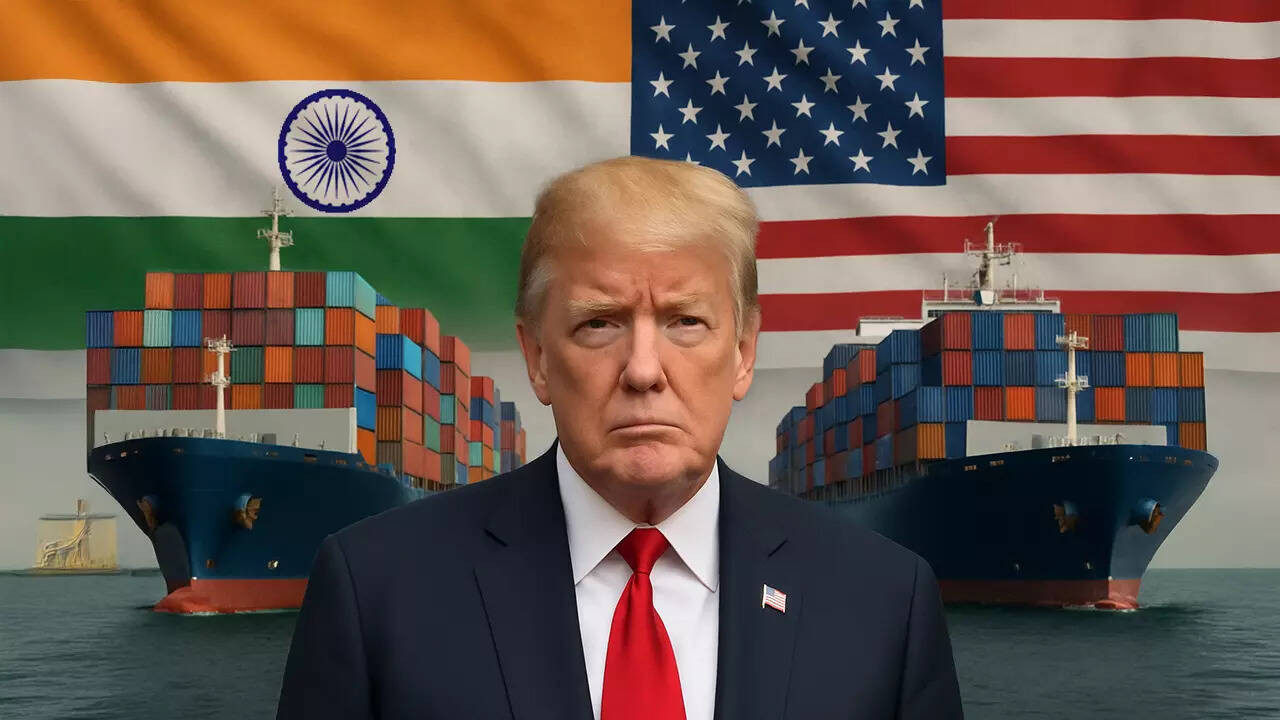Indian electronics manufacturers are facing challenges in meeting production targets under the ECMS due to rare earth mineral shortages caused by Chinese export restrictions. Companies have raised concerns with MeitY, seeking leniency and exploring alternative sourcing. While the government considers extending the application window, the industry remains hopeful for a resolution to the supply chain disruptions.
Will China’s Rare Earth Export Curbs Spark a Tech Tempest in India?
Imagine trying to bake a cake without flour, or build a house without nails. That’s the situation some Indian electronics manufacturers might soon find themselves in, thanks to potential restrictions on Chinese rare earth exports. But is this a geopolitical power play, or a carefully considered move with unforeseen consequences for everyone involved?
Rare earth elements (REEs) are the unsung heroes of modern technology. They’re essential ingredients in everything from smartphones and electric vehicles to wind turbines and medical devices. These elements, despite their name, aren’t actually that rare geographically. The challenge lies in the complex and often environmentally damaging process of extracting and refining them. China currently dominates the global rare earth supply chain, controlling a significant portion of both production and processing. This dominance has made other nations, including India, reliant on China for these crucial materials.
The Spectre of Shortages: How Real is the Threat?
The recent buzz stems from China’s potential to tighten export controls on rare earths. This isn’t entirely new; similar rumblings have surfaced in the past. However, escalating global tensions and trade disputes have amplified the concerns. What’s different this time? The stakes are higher. India’s burgeoning electronics manufacturing sector is particularly vulnerable. If China restricts exports, Indian companies could face significant disruptions in production, leading to delays, increased costs, and potentially, a loss of competitiveness.
The article in the Times of India highlights the anxiety within Indian electronics firms. They are worried about sourcing alternatives quickly enough and at competitive prices. Building a domestic rare earth processing industry is a long-term project, and the current geopolitical climate demands quicker solutions.

The potential impact extends beyond just manufacturing. The rise of India’s electric vehicle (EV) market, a key driver of economic growth, could be stunted if access to rare earth elements becomes limited. EVs rely heavily on these materials for their batteries and motors. Similarly, renewable energy projects, vital for India’s commitment to clean energy, could face delays.
Decoding China’s Strategy: More Than Just Trade?
Is this purely a strategic maneuver by China, intended to exert its influence on the global stage? Or is there more to the story? Some analysts believe that China’s actions are driven by environmental concerns and a desire to consolidate its own high-tech industries. Rare earth mining and processing can have significant environmental consequences, and stricter regulations could be aimed at mitigating these impacts.
Furthermore, China is also a major consumer of rare earth elements. Restricting exports could ensure a sufficient supply for its own domestic industries, particularly in high-growth sectors like electric vehicles and advanced electronics. It is a complex calculation between global influence and domestic need.
India’s Response: Building Resilience and Exploring Alternatives
So, what can India do to mitigate the risks? The answer lies in diversification, innovation, and strategic partnerships.
* Boosting Domestic Production: India needs to accelerate efforts to explore and develop its own rare earth resources. This includes investing in research and development to improve extraction and processing technologies, while adhering to stringent environmental standards.
* Strategic Alliances: Forming partnerships with other countries that have rare earth resources, such as Australia and the United States, can help diversify the supply chain and reduce reliance on a single source.
* Promoting Recycling: Investing in rare earth recycling technologies can create a circular economy and reduce the need for virgin materials.
* Material Substitution: Encouraging research into alternative materials that can replace rare earths in certain applications can reduce demand and lessen vulnerability to supply disruptions. We can explore this more on our [Sustainability in Tech](/sustainability-in-tech) page.
These measures require a coordinated effort from the government, industry, and research institutions. It’s not just about securing access to rare earths; it’s about building a resilient and sustainable supply chain for the future.
A Calculated Gamble: Can China Afford the Fallout?
It’s also worth considering whether China can truly afford to drastically cut off rare earth exports. Such a move could backfire, accelerating the search for alternative sources and technologies, ultimately diminishing China’s dominance in the long run. Furthermore, it could damage China’s reputation as a reliable trading partner, potentially leading to retaliatory measures from other countries.
In conclusion, the potential for Chinese restrictions on rare earth exports presents a significant challenge for India’s electronics and technology sectors. While the immediate impact may be concerning, it also presents an opportunity for India to strengthen its domestic capabilities, diversify its supply chains, and embrace innovation. The future of rare earth elements and their impact on global technology hinges on the choices made today. Navigating this complex landscape will require strategic foresight, decisive action, and a commitment to building a more resilient and sustainable future.







